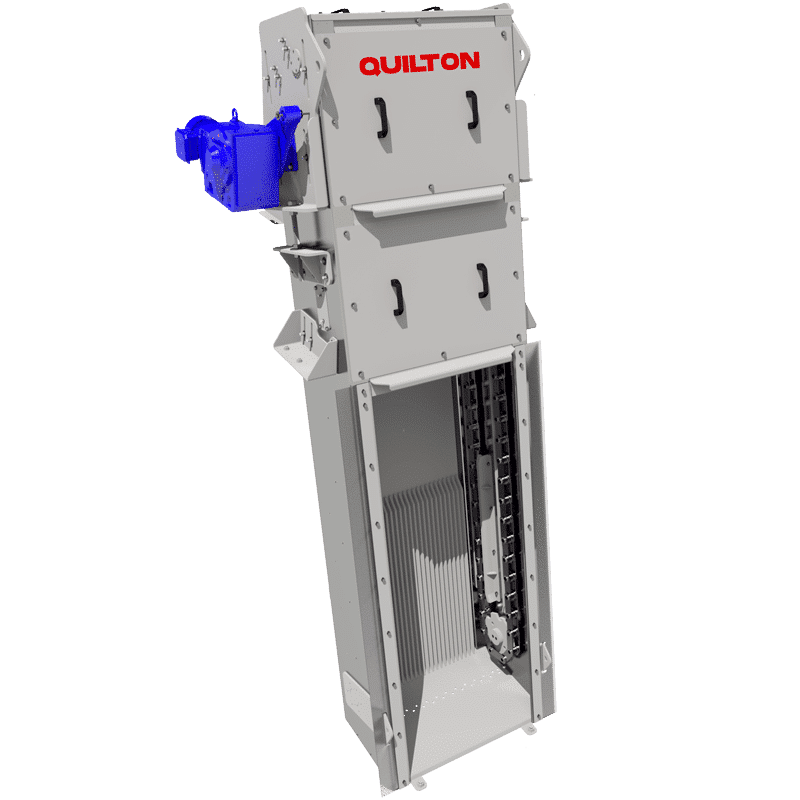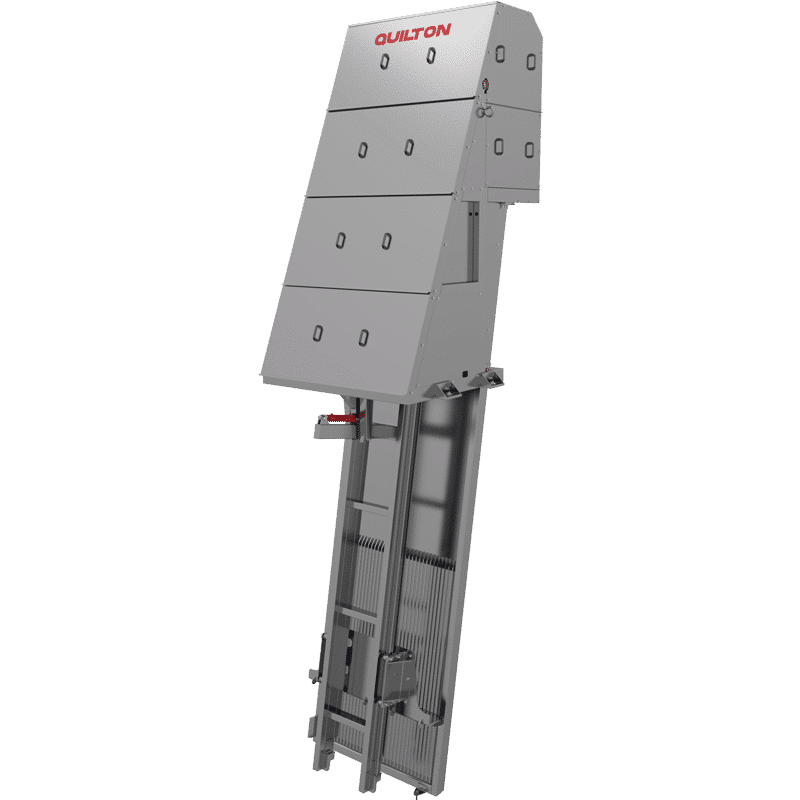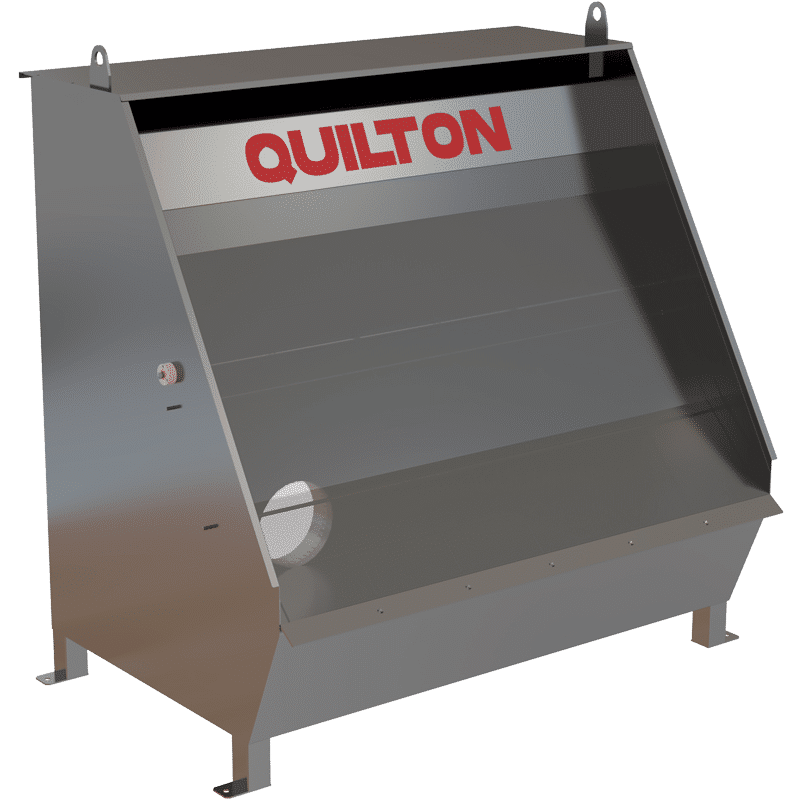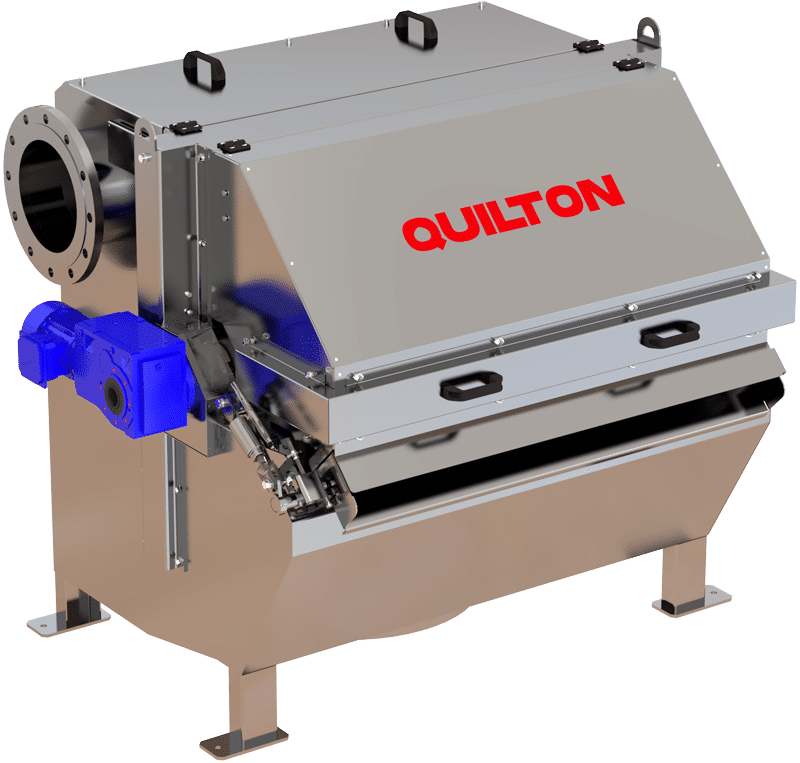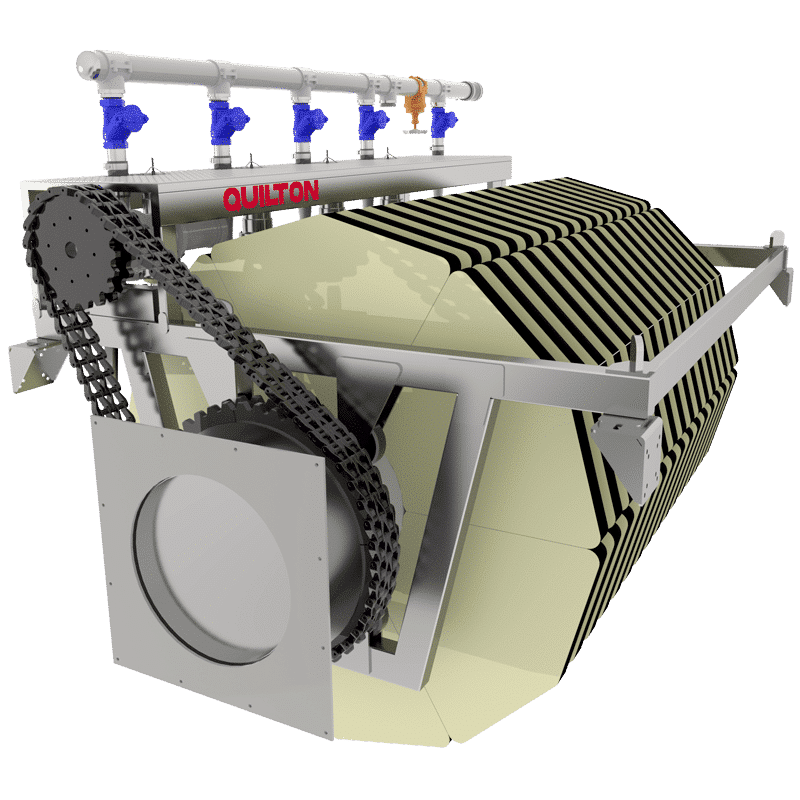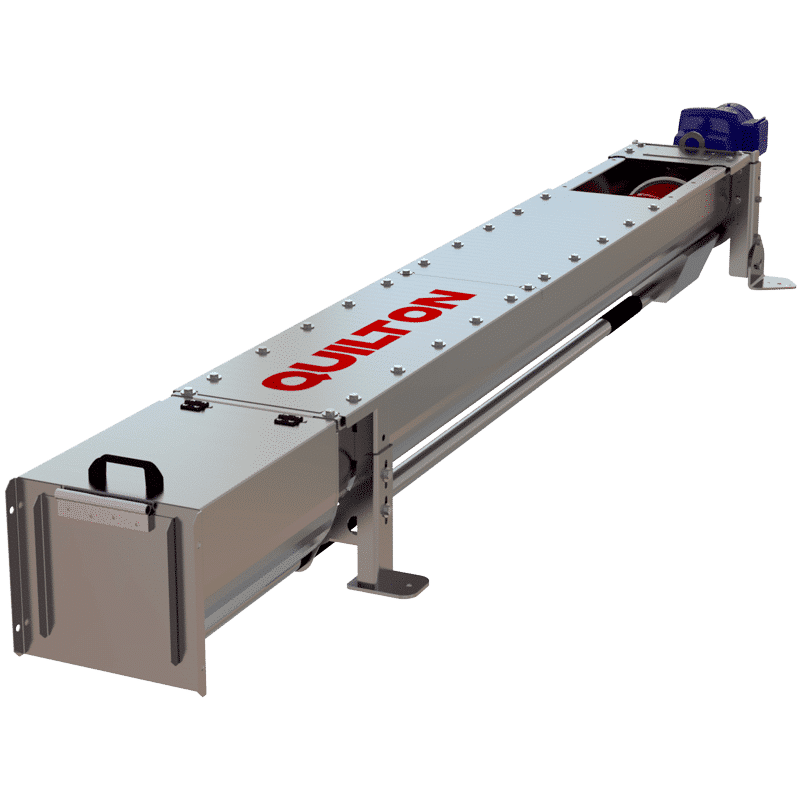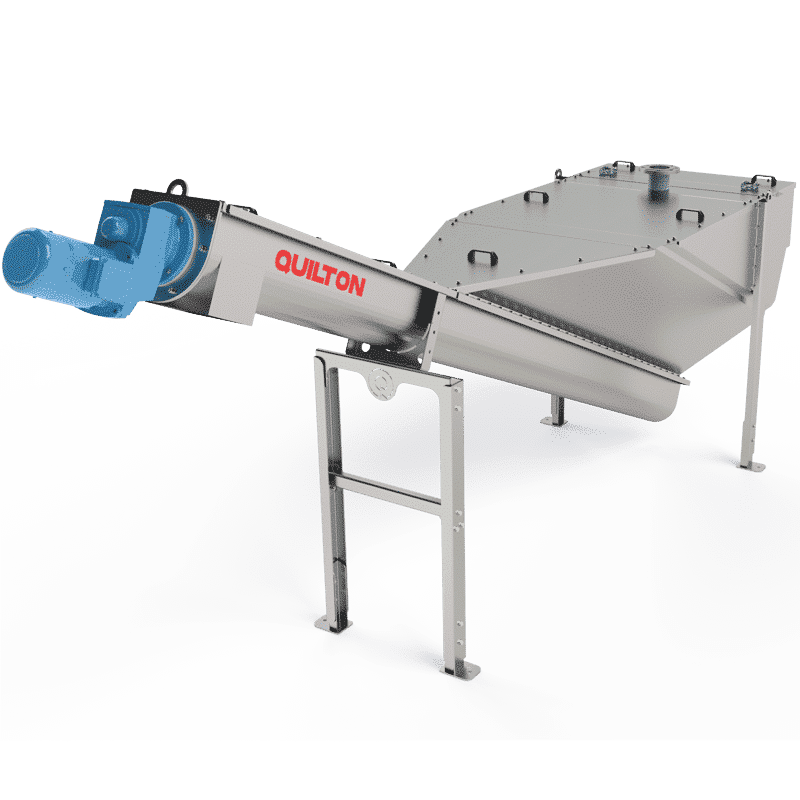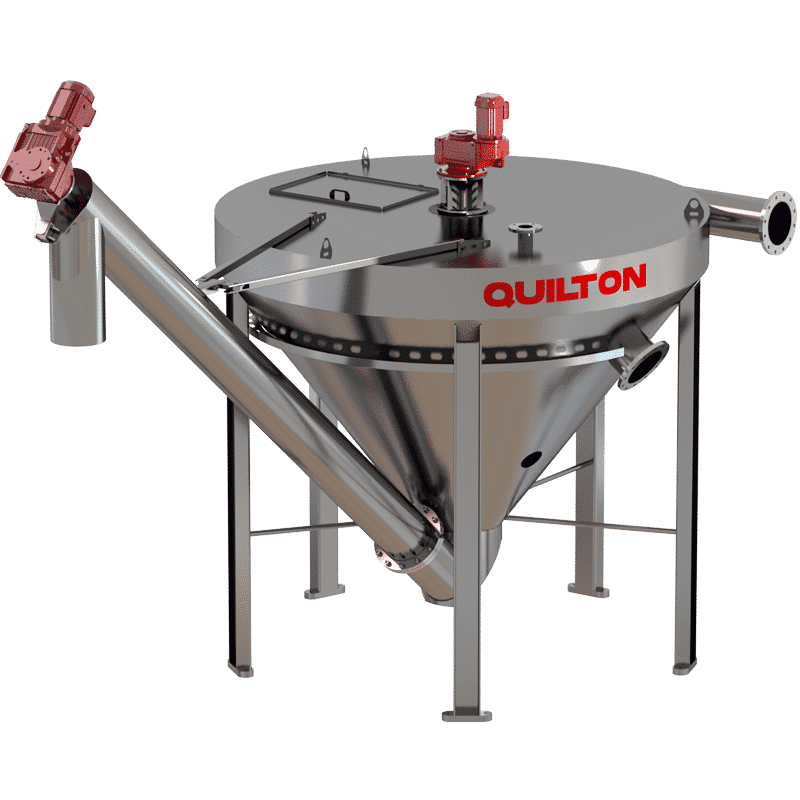This website uses cookies so that we can provide you with the best user experience possible. Cookie information is stored in your browser and performs functions such as recognising you when you return to our website and helping our team to understand which sections of the website you find most interesting and useful.
Wastewaters
ABOUT WASTEWATERS
In a nutshell, the concept of wastewaters encompasses all those waters whose quality has been negatively affected by human activity. With a view to further defining the concept, we shall be referring specifically to those effluents from domestic and urban sources. Domestic wastewaters are characterised by their small but continuous flows and a high volume of contamination.
They are generally discharged into the main drains or sewers, where they flow to WWTPs and undergo their corresponding treatment.
If these waters are discharged into a surface watercourse without any kind of treatment, they may cause serious problems, impacting upon the flora and fauna in the environment, with a knock-on effect on society as a whole. This means that before being discharged, wastewaters need to be suitably treated, with the process varying depending on the conditions of their destination.
CLASSIFICATION OF WASTEWATERS
There are two main types of domestic and urban wastewaters depending on their provenance and waste content: black waters and grey waters.
Black waters
Black waters, which are also referred to as sewage, are all the organic waste produced by humans and animals. They are characterised by having a large content of solid substances of an organic nature that are highly susceptible to putrefaction. They normally contain a high percentage of faecal bacteria, such as Escherichia coli.
Characteristics of black waters:
- They are considered waste because they have no direct use.
- They are referred to as sewage because they are removed via sewers or drains.
- In the absence of a sewage system, they are stored underground, in ponds or in tanks.
- The waste substances in these waters may be dissolved, suspended or in a colloidal state. The substances may be mineral or organic.
- Black waters are especially contaminating, and the large number of pathogenic agents they contain make them extremely dangerous to people’s health, causing diseases and infections.
Grey waters
Grey waters, in turn, have a lower organic content and are less contaminating, being produced by household tasks; generally involving the washing of kitchen utensils and clothing, and personal hygiene. These waters are characterised by a high concentration of phosphate and chloride chemical products from detergents and soaps.
Given their low contaminating content, the options used for their removal tend to allow for their efficient use. This means that grey waters become a common reusable resource that provide major ecological benefits.
WASTEWATER TREATMENT
Problems involving wastewater
Given its particular nature, sewage needs to undergo a treatment system whose main purpose will be its evacuation, the treatment of its waste content and the removal of the refuse generated to avoid the major problems it may cause: environmental pollution and the spread of viruses.
Possible treatment methods
There are several ways of treating wastewaters that vary depending on the nature of the waste and the contaminating agents they contain.
In the case of organic and inorganic matter in suspension, use is commonly made of sedimentation and filtration. By contrast, dissolved matter tends to involve biological procedures such as chemical oxidation. These wastewaters are normally decontaminated in WWTPs.
Most common contaminants
- Solids in suspension: the discharge of untreated wastewaters into the aquatic environment may lead to slurry deposits and anaerobic conditions.
- Biodegradable organic matter: consisting mainly of proteins, carbohydrates and animal fats. It is measured in terms of BOD and COD. If it is discharged into the environment before being treated, its biological stabilisation may exhaust the natural supplies of oxygen and lead to septic conditions.
- Pathogens: they may spread infectious diseases.
- Nutrients: the discharge of nitrogen, phosphorous and carbon into the environment may lead to the growth of unwanted aquatic species.
CONTAMINANTS AND PATHOGENS
Environmental change, changes in behaviour, the growing population, and the phenomena associated with globalisation, as well as new technologies and scientific advances, have informed the risk of new pathogens and contaminants appearing in our waters.
Accordingly, small amounts of products that are used in everyday life, from caffeine and hormones through to detergents, antibiotics, drugs and medications are discharged daily, overwhelming many of the treatment processes.
Emerging contaminants are often ones that have not been regulated. Their main characteristic, and in turn their hazard factor, is that they do not need to persist in the environment to have a toxic effect, as their removal is offset by their continuous influx. Domestic wastewaters are one of the main sources of new contaminants.
SOLUTIONS FOR TREATING WASTEWATERS
Water is an essential raw material for life, and it is becoming increasingly scarce. When not properly treated, domestic and urban wastewaters are a major source of contamination for aquatic and land ecosystems. Hence the design of effective systems for wastewater treatment is of particular importance. QUILTON is aware of this need and collaborates in the design and manufacture of equipment that plays its part in the treatment of wastewaters.



